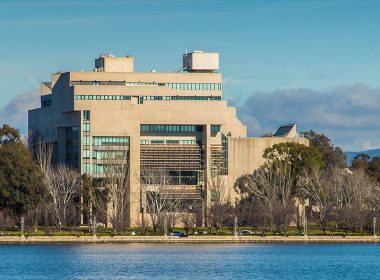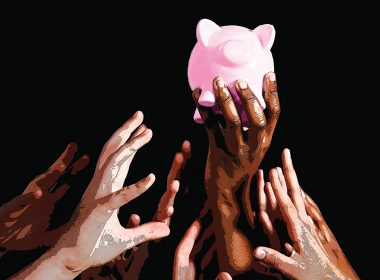Snapshot
- In NSW and elsewhere in Australia there is no single identifier or legal definition for ‘who speaks for Country’.
- The absence of such a legal definition contributes to the confusion and complexities associated with Aboriginal community engagement and consultation.
- The foundations have been set to develop such a definition but it requires both government and Aboriginal community action in providing for, and the exercise of, international rights.
The question of who can legitimately ‘speak for Country’ is a fundamental and vexed issue in the context of Aboriginal affairs in NSW, as it relates to who has the authority to make important decisions about traditional land and cultural heritage.
In September 2007, after more than 20 years’ work, the General Assembly of the United Nations adopted the Declaration on the Rights of Indigenous People (Declaration). The Declaration is an affirmation from the international community, which entrenches and highlights the rights and aspirations in international law of all Indigenous peoples. The Australian Federal Government formally announced Australia’s official support of the Declaration on 3 April 2009.
Included within the Declaration is the right of Indigenous people to ‘maintain, control, protect and develop their cultural heritage’ (art 31) as well as the right to ‘participate in decision-making in matters which would affect their rights, through representatives chosen by themselves in accordance with their own procedures, as well as to maintain and develop their own decision-making institutions’ (art 18).
Despite the Australian Government’s support of the Declaration, a process has not yet been put in place to specifically support Indigenous people to ‘choose their own representatives’ to ‘maintain, control, protect and develop their cultural heritage’.
In NSW, despite the Native Title Act 1993 (NSW) (NTA) and the Aboriginal Land Rights Act 1983 (NSW) (ALR Act) a number of complex issues arise when Aboriginal people without a legally recognised representative body attempt to exercise their international right to choose their own ‘representatives’ for the purposes of ‘speaking for Country’.
In more recent times, an overall increase in development, resource exploration and production in NSW has impacted on traditional Aboriginal land, waters and cultural heritage. The parties involved in and affected by such development, face significant issues associated with complying with legislative requirements for consultation with Aboriginal people.
Identifying ‘who speaks for Country’ in most geographical areas of NSW is not a simple undertaking. The process is multifaceted and often undertaken by proponents or their agents in a contentious setting with Aboriginal people often vigorously objecting to the development or resource exploration. In addition, many Aboriginal people are participating in the consultation process on the understanding that the project will occur regardless of their objections, and are therefore pragmatically attempting to negotiate a cultural or economic outcome as compensation for the likely impacts to their cultural heritage and Country.
Competing for these outcomes can often result in disagreements between community and family members and creates an unhealthy social environment which perpetuates lateral violence and further impacts on the overall consultation and approvals processes.
Common within the field of Aboriginal community consultation are various and often confusing references to terminology to describe the cultural status or recognition of Aboriginal people.
Importantly, the descriptors attached to the acknowledgment and recognition of Aboriginal people can have significant, negative and positive, legal, cultural, and financial implications for those affected Aboriginal individuals and their communities.
Unfortunately, whilst there is no single legal descriptor of ‘who speaks for Country’, and the growth and acceptance of various terms continues (both legal and community created), the uncertainty surrounding ‘who speaks for Country’ continues to create or contribute to conflict amongst Aboriginal communities and individuals. It is also a source of significant confusion amongst those required to consult with Aboriginal communities.




